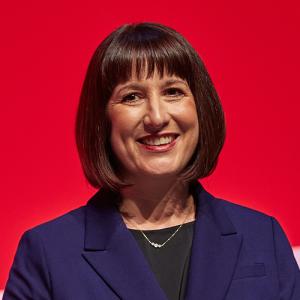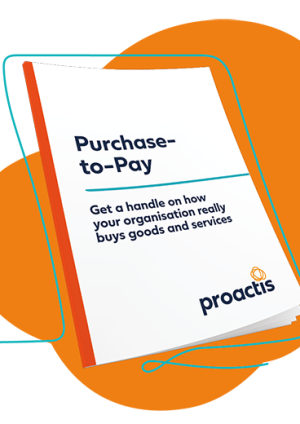A former City regulator has poured cold water on Scottish National Party proposals for Scottish banks to continue to be regulated by the Bank of England following independence.
Scottish Finance Secretary John Swinney set out the plans on Monday evening, in a speech to a business school audience. Should independence be achieved, the SNP intends that Scotland would remain in the sterling currency zone.
Swinney stressed the continued importance of the UK’s ‘highly integrated’ financial services market to post-independence Scotland, and described the Bank of England’s new regulatory role, which replaces the functions of the Financial Services Authority, as ‘solid and substantial’.
He said: ‘Within that framework, my ambition and the ambition of this government is the delivery of faster sustainable economic growth with opportunities for all to flourish. I believe that the opportunities of independence will bring these wider benefits of economic growth.’
But Sir Howard Davies, former head of the FSA and deputy governor of the Bank of England, cast doubts on the practicality of the plans. He said: ‘I don’t quite know how you can be a servant of two masters, in terms of two separate Treasuries and one central bank. I can’t think of an analogy where that’s the case.’
Davies also asked which Treasury – Scottish or English – would indemnify the Bank of England should it have to mount a rescue of a Scottish bank.
Nicola Sturgeon, Scotland’s deputy first minister, responded that it would be for a Scottish Treasury to pay the Bank of England to provide a Scottish bank with lender-of-last resort facilities.
But this prompted claims from Scottish Labour leader Johann Lamont that the SNP was making policy up as it went along. ‘They reject the UK but want to keep George Osborne in charge of the banks?’ she said.
Swinney’s speech also mapped out proposals for a business-friendly tax regime in an independent Scotland, involving lower corporation tax, less red tape, better competition law and a VAT cut for tourism businesses.



















